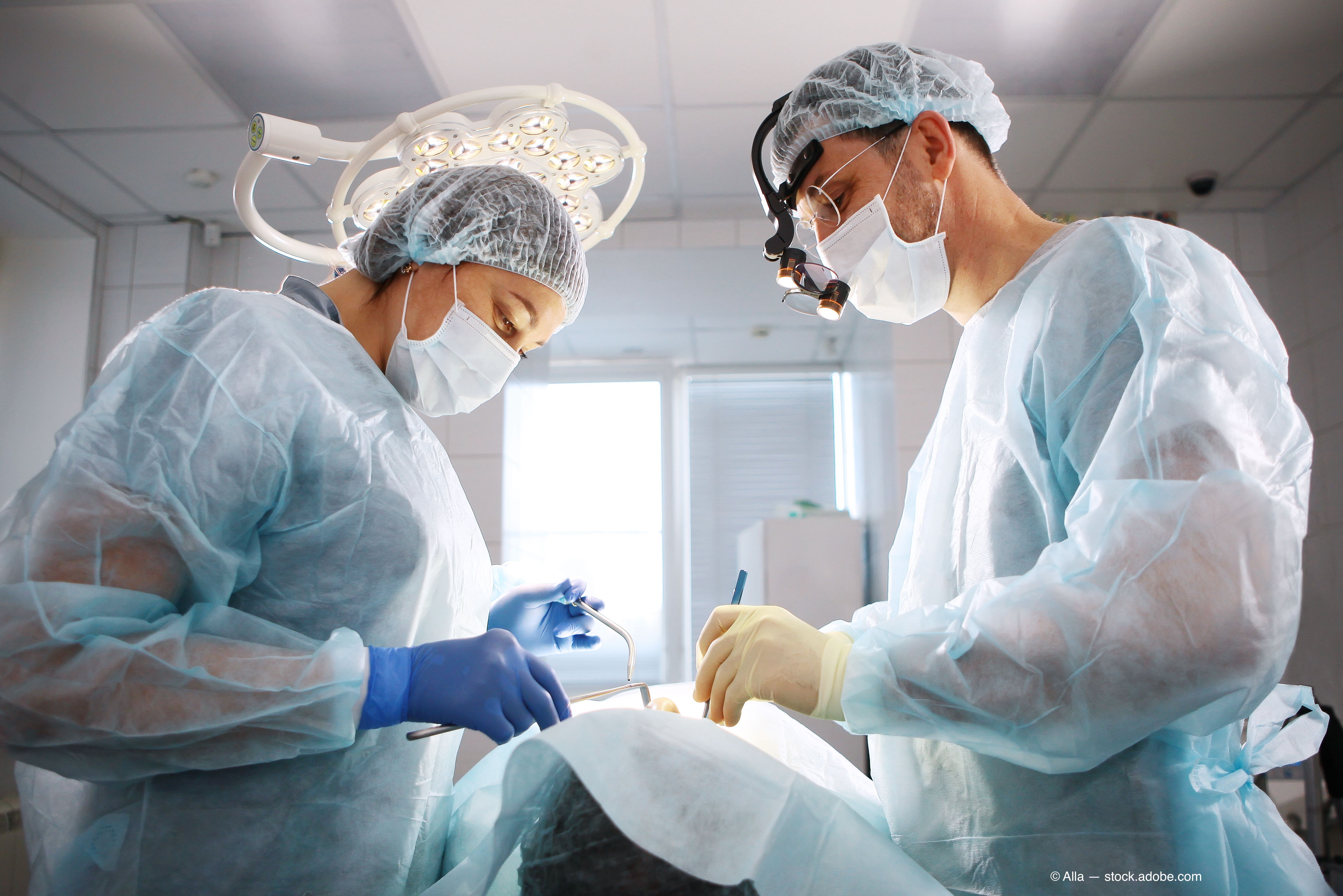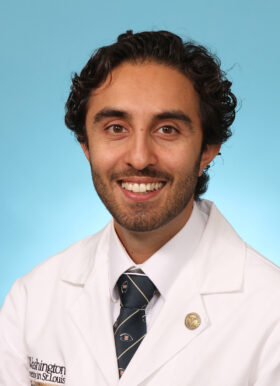News
Article
Controlling glaucoma uncertainty as COVID-19 limitations continue
Author(s):
Arsham Sheybani, MD, offers insight on how his glaucoma patient management protocols have altered and the shift in subconjunctival surgery in light of the pandemic.

Sheybani

COVID-19 closures have been very worrying for those of us who treat patients with glaucoma.
As a specialist in anterior segment and glaucoma surgery, I was most concerned to see the drop in urgent cases, which pointed to the dangerous absence of routine screenings and pressure checks.
We knew that without these safeguards to identify abnormal pressures, some people would experience loss of vision that could not be recovered.
Related: Glaucoma care after COVID-19: The Pan-American view
Unfortunately, when clinics re-opened, the predicted vision loss proved to be accurate. We were quite busy treating patients who deferred pressure checks or eye exams and subsequently required surgery.
The experience has changed certain aspects of our decision-making, and some of those changes are likely to continue as conditions change.
Quieting concerns about compliance
While medications control pressure effectively for many patients, we know they present an inconvenience to patients, and that compliance can be unreliable.
Since the LiGHT study, our referring clinics are offering selective laser trabeculoplasty (SLT) as a first-line treatment for open-angle glaucoma when appropriate.1
When patients who start medications first don’t reach treatment goals or are noncompliant, practitioners are quick to refer them for surgical evaluation — particularly with so many minimally invasive options available.
Related: Eyecare professionals advise on cleaning, disinfection guidelines to promote safety
In some ways, these changes have proven beneficial in the COVID era, when it’s uncertain whether patients will be permitted or willing to come in for routine pressure checks.
As glaucoma specialists, we worry about the patient’s medically treated IOP when there is poor compliance. A patient may have an “at goal” IOP in clinic as they use medications around the time of their visit.
However, they may have much higher IOPs at home. A successful surgery can blunt these fluctuations and be less dependent on medication compliance by the patient.
A shift in subconjunctival surgery
When a patient’s stepwise treatment path leads to surgery, we have many options.
We can do angle surgeries, stent placement in the angle, valve and non-valve tube shunts, and trabeculectomy, as well as pace stents during cataract surgery. The choices depend on the pathology and treatment goals, as well as the patient’s age, comorbidities, aspirin status, and other factors.
Related: Multi-pressure dial: A new approach to lowering IOP and treating glaucoma
When COVID restrictions were put into place, I began to think of how the schedule of preoperative workup, surgery, and postoperative follow-up would unfold and what would happen if we shut down again during that timeline.
I realized that a consistent approach was key to ensuring I’d feel confident about the results of surgery, even if I could not see a patient.
With this in mind, in cases where it’s best to work in the subconjunctival space, I have altered my recommendations.
Uncomplicated subconjunctival surgeries have a predictable postoperative course, but some require more careful observation than others. Trabeculectomy requires the most postoperative visits.
Tube shunts may have fewer visits, but when COVID closures meant I missed some postoperative visits with tube shunt patients, I was concerned about hypotony.
Related: Clear lens extraction surgery: Pinpointing the optimal time in glaucoma patients
I felt more peace of mind about missing visits with XEN patients who, in my patient data, have pressure reduction similar to tube shunts with a more predictable recovery and fewer unplanned visits than tubes or trabeculectomy.
As a result, I’m now using XEN more frequently than I did in the past.
In all areas of ocular surgery, I think we are now favoring options that provide good results while giving us more flexibility and confidence in the COVID environment.
In the future, we will likely maintain changes that prove advantageous for patient care.
About the author
Arsham Sheybani, MD, is an associate professor of Ophthalmology and Visual Sciences and director of the Residency in Ophthalmology and Fellowship Program in Anterior Segment and Glaucoma Surgery at Washington University School of Medicine, St. Louis.
Dr Sheybani's current disclosures: Financial disclosures: Consultant for Allergan, Santen, Ivantis
References
1. Gazzard G, Konstantakopoulou E, Garway-Heath D, et al. Selective laser trabeculoplasty versus eye drops for first-line treatment of ocular hypertension and glaucoma (LiGHT): a multicentre randomised controlled trial. Lancet. 2019 Apr 13;393(10180):1505-1516.
Newsletter
Don’t miss out—get Ophthalmology Times updates on the latest clinical advancements and expert interviews, straight to your inbox.




